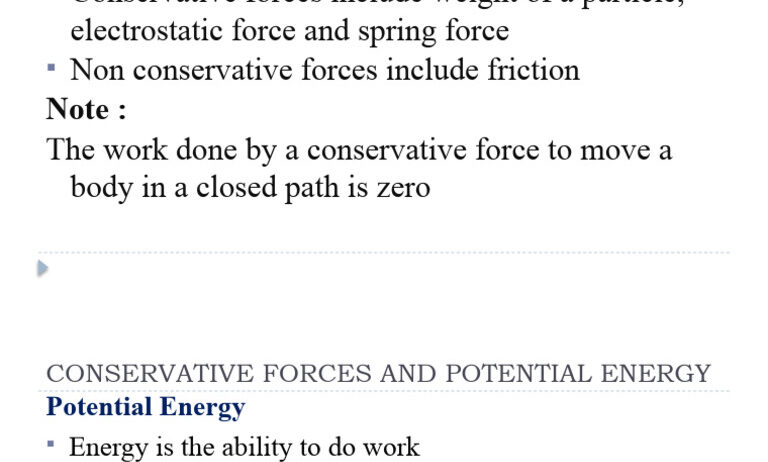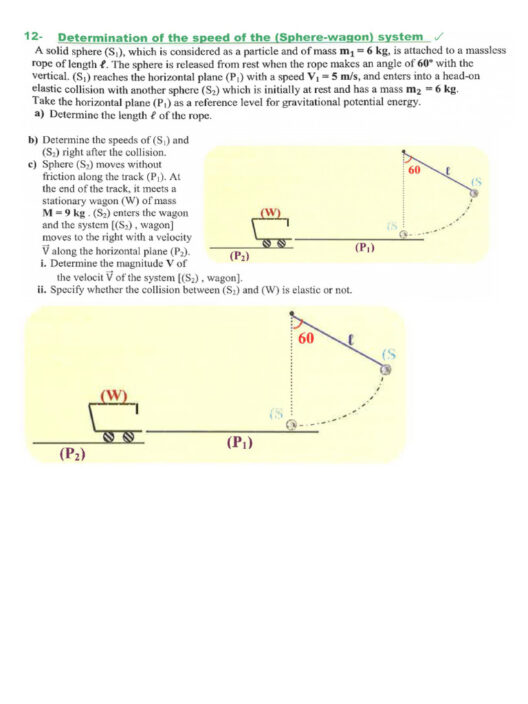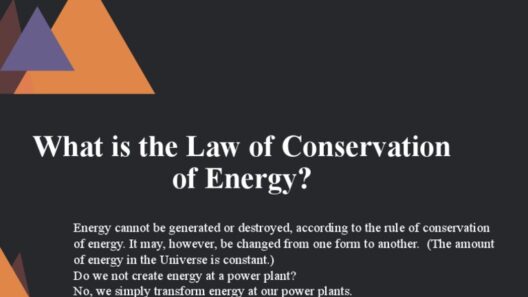In the realm of physics, the topic of mechanical energy captures the imagination of both scholars and the general public alike. The question arises: do conservative forces alter mechanical energy? To unravel this inquiry, we must first define our key terms and delve into the mechanics of conservative forces and the concept of mechanical energy.
Mechanical energy can be encapsulated into two primary forms: kinetic energy and potential energy. Kinetic energy, the energy of motion, is mathematically represented as ½mv², where m denotes mass and v represents velocity. On the other hand, potential energy is energy stored due to an object’s position in a force field, such as gravitational or elastic forces. In many systems, the total mechanical energy, the sum of kinetic and potential energy, remains conserved under specific conditions.
To fully appreciate the crux of our investigation, it is crucial to characterize conservative forces. Conservative forces are defined as forces that perform work on an object without changing the total mechanical energy of the system. This is predicated on the path independence of the work done; the work done by a conservative force in moving an object from point A to point B depends solely on the initial and final positions, not on the trajectory taken. Gravitational force and spring force are quintessential examples of conservative forces.
In contrast, non-conservative forces, such as friction, become detrimental to the conservation of mechanical energy. These forces dissipate energy, often converting it to thermal energy, leading to a decrease in mechanical energy as the object undergoes motion. The distinction between conservative and non-conservative forces provides a framework for understanding energy transformations within physical systems.
When a conservative force acts on an object, the mechanical energy indeed remains constant, assuming no other forces interfere. For instance, consider a ball thrown vertically in Earth’s gravitational field. As the ball ascends, kinetic energy diminishes while potential energy increases, maintaining the total energy constant throughout the ascent. Upon its descent, the potential energy converts back into kinetic energy, again preserving the total mechanical energy of the system.
However, this elegant conservation principle has its boundaries. A system deprived of external influences and non-conservative forces strictly adheres to energy conservation. When analyzing real-world scenarios, external forces frequently intervene, necessitating a broader perspective. For example, a rollercoaster might appear to be a perfect model of conservation energy when ignoring friction and air resistance. Still, these forces invariably diminish the total mechanical energy encountered during the ride.
Another fascinating dimension of conservative forces lies in their association with potential energy functions. The work done by a conservative force can be expressed as the negative change in potential energy, illustrating that the potential energy governs the behavior of the system. In scenarios where the force is derivable from a scalar potential function, one can ascertain that the conservative force is orthogonal to the gradient of the potential energy function. This elegant mathematical relationship further emphasizes the interconnectedness of energy forms.
Understanding the implications of conservative forces on mechanical energy extends beyond theoretical physics and into the practical realm of engineering and design. Engineers frequently leverage the principles of conservative forces to devise systems that maximize efficiency. For instance, in mechanical systems involving pulleys, levers, and springs, designers seek to harness potential energy efficiently, minimizing losses attributed to friction and air resistance. Such considerations are paramount in the pursuit of sustainable energy solutions, as conserving mechanical energy translates to reduced energy consumption and heightened efficiency.
Moreover, the environmental implications of energy conservation are profound. Promoting technologies that capitalize on conservative force principles — such as regenerative braking in electric vehicles — underscores the necessity of minimizing energy loss. Such innovations pave the way for more sustainable energy practices that resonate with environmental conservation efforts. The delicate balance of harnessing energy while minimizing environmental degradation encapsulates a significant modern challenge.
Despite mechanical energy conservation principles, the dynamics of energy transformation are subject to numerous external factors. For example, even in an idealized system devoid of non-conservative forces, the complex interplay of other forms of energy and entropy must be factored in. This nuance leads to the realization that while conservative forces do not themselves change mechanical energy, the overall context and conditions of a system largely dictate the behavior of energy within that system.
A practical understanding of the conservation of mechanical energy and conservative forces underlines their vital role in both theoretical and applied sciences. Unearthing deeper phenomena, such as chaos theory and quantum mechanical influences, reveals layers of complexity and mesmerizing behavior in energy dynamics. These intricacies foster curiosity and exploration, enticing future generations of scientists and engineers to probe deeper into the mysteries of energy conservation.
In summary, conservative forces do not alter mechanical energy in a closed system. Instead, they elegantly facilitate the transformation between kinetic and potential energy while maintaining the total mechanical energy. By understanding and applying these principles, society can enhance energy efficiency, driving progress in sustainable practices. The experiments and innovations inspired by the interplay of these forces continue to shape our technological landscape, improving conservation efforts and enhancing our stewardship of the planet.







